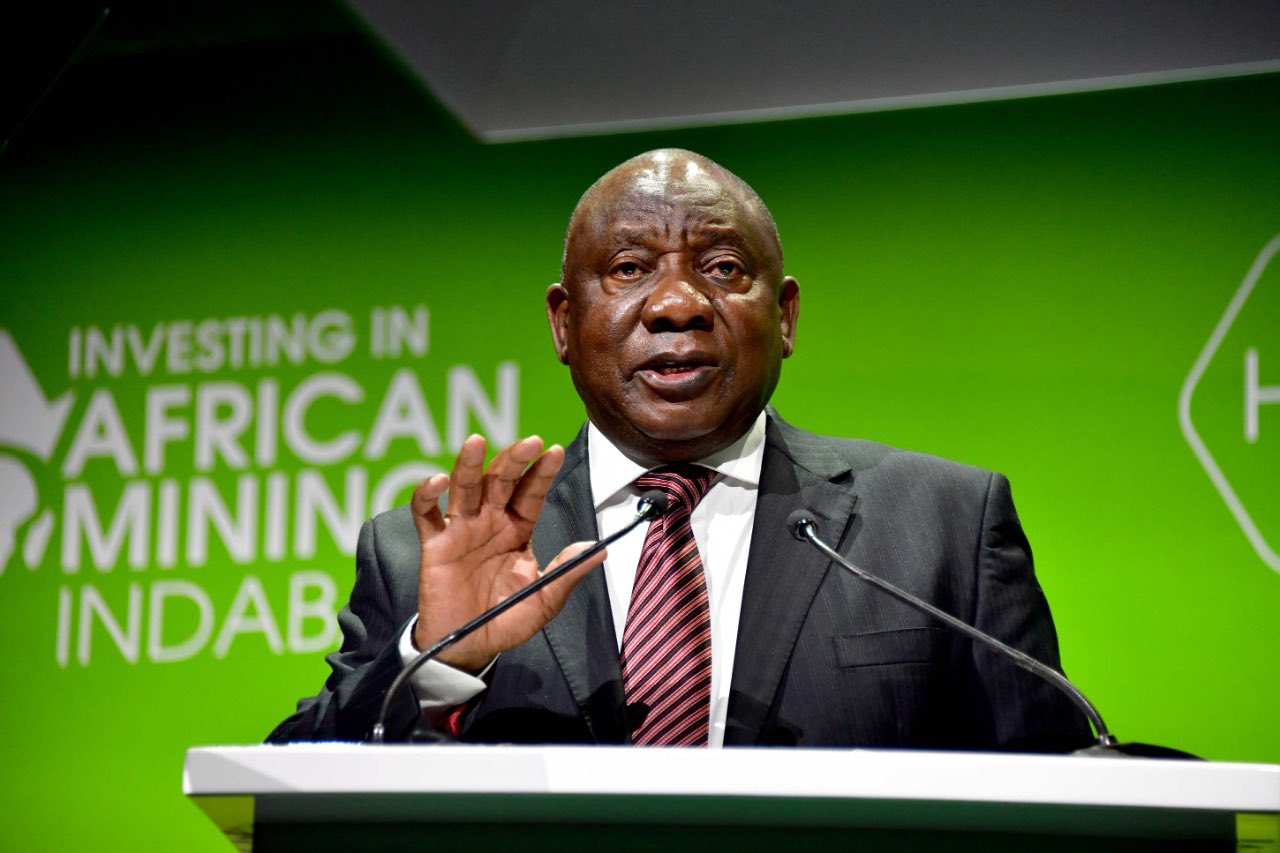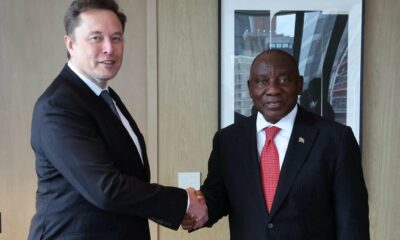Business
The Pipe Dream of Mineral Beneficiation: Why South Africa Can’t Build What It Mines

Why turning rocks into riches remains a fantasy in today’s broken economy
South Africa’s top brass is once again selling a dream that feels more like déjà vu than development. At a recent critical minerals conference in Sandton, Minerals and Petroleum Resources Minister Gwede Mantashe stood tall with a familiar battle cry: it’s time to stop exporting raw minerals and start building industries that process them right here.
“The time for exporting raw commodities has come to an end,” Mantashe declared. Days earlier, President Cyril Ramaphosa echoed the same vision at a summit in Ekurhuleni: “Rather than export rock, sand and soil, we should be exporting finished products.”
It’s a sentiment that resonates deeply, especially in a continent whose resources were stripped for centuries with little to show in return. But in today’s South Africa, those statements don’t just ring hollow. They reveal a profound disconnect between political ambition and economic reality.
The Heart of the Vision: What Is Mineral Beneficiation?
In theory, beneficiation is simple: add value to raw minerals before exporting them. Why send iron ore to another country to make steel, or chrome to China to produce ferrochrome, when you could do it yourself, create jobs, and boost your GDP?
The idea is noble. But like many things in South Africa’s post-apartheid economic strategy, it’s far more complicated in practice.
Take platinum and gold, for instance. Much of it is already processed domestically refined, minted, even turned into Krugerrands. That’s beneficiation in action. But iron, chrome, and manganese? Those are different beasts entirely.
The Steel and Chrome Sector Is Already Falling Apart
South Africa’s steel industry is in freefall, a victim of high costs, low demand, and failing infrastructure. ArcelorMittal, the country’s biggest steelmaker, has repeatedly warned about its long steel division’s viability, citing poor rail service, weak market conditions, and Eskom’s endless load shedding.
At the same time, ferrochrome smelters are shutting down, unable to compete with China’s cheaper production. Merafe Resources closed two this year, and Assmang is pulling the plug on its Cato Ridge plant.
That’s not an industry ripe for growth, it’s one in slow collapse.
Eskom, Transnet, and the High Cost of Doing Business
The dream of domestic processing assumes there’s power to run the plants, rail to move the goods, and a business case to invest. But Eskom is still a mess, despite recent improvements.
Just ask AECI, Africa’s biggest explosives maker. Its Modderfontein site suffered 16 power outages in four months, with each shutdown costing up to two days in lost production.
Add rail dysfunction, aging infrastructure, and the highest electricity tariffs on the continent, and it’s easy to see why investors aren’t lining up to build new smelters in South Africa.
Even Transnet, the embattled state-owned logistics operator, is only just beginning to stabilise, according to Kumba Iron Ore’s CEO. But the damage has already been done.
A Tax to Solve It All? Not Quite
In one of the more puzzling moves, the government has floated a chrome export tax to force more domestic processing. But industry experts and the Minerals Council SA, say this would just hurt profits and accelerate the sector’s decline.
It’s a classic case of treating symptoms instead of causes. The problem isn’t the export of chrome. It’s that local processing is too expensive, unreliable, and structurally broken.
Ramaphosa’s Rhetoric vs. Economic Reality
This isn’t the first time South Africa’s leaders have made the call for beneficiation. It pops up every few years, like a political comfort blanket. It sounds bold, forward-thinking, and anti-colonial. But nothing changes.
Why?
Because beneficiation requires far more than good intentions. It demands functioning infrastructure, reliable electricity, investment-friendly policies, and domestic demand. Right now, South Africa lacks all four.
A Tale of Two Resource Economies
Consider Canada, which like South Africa, built much of its early economy on raw materials, fur, fish, forests, and minerals. Today, Canada still exports raw commodities but also boasts high-tech manufacturing, sustainable industries, and a diversified economy.
South Africa, in contrast, is trying to leapfrog into industrialisation without first fixing the basics. And that’s why this plan keeps stalling.
The Verdict: More Fantasy Than Future
Until South Africa confronts its crippling infrastructure failures, unreliable energy supply, and policy incoherence, the dream of turning rocks into riches will remain just that, a dream.
It’s not that beneficiation is impossible. But in this economy, under this government, and with these constraints, it’s simply not viable.
As one Twitter user put it after Mantashe’s latest speech:
“They want to build a house on sand and wonder why it keeps falling down.”
The real work lies not in speeches, but in restoring the foundations of a functioning state. Only then can South Africa truly build what it mines.
{Source: Daily Maverick}
Follow Joburg ETC on Facebook, Twitter , TikTok and Instagram
For more News in Johannesburg, visit joburgetc.com



























